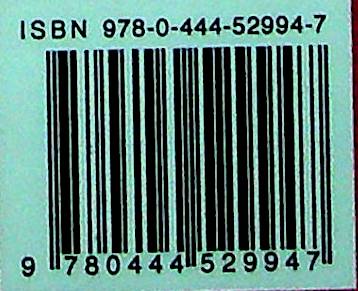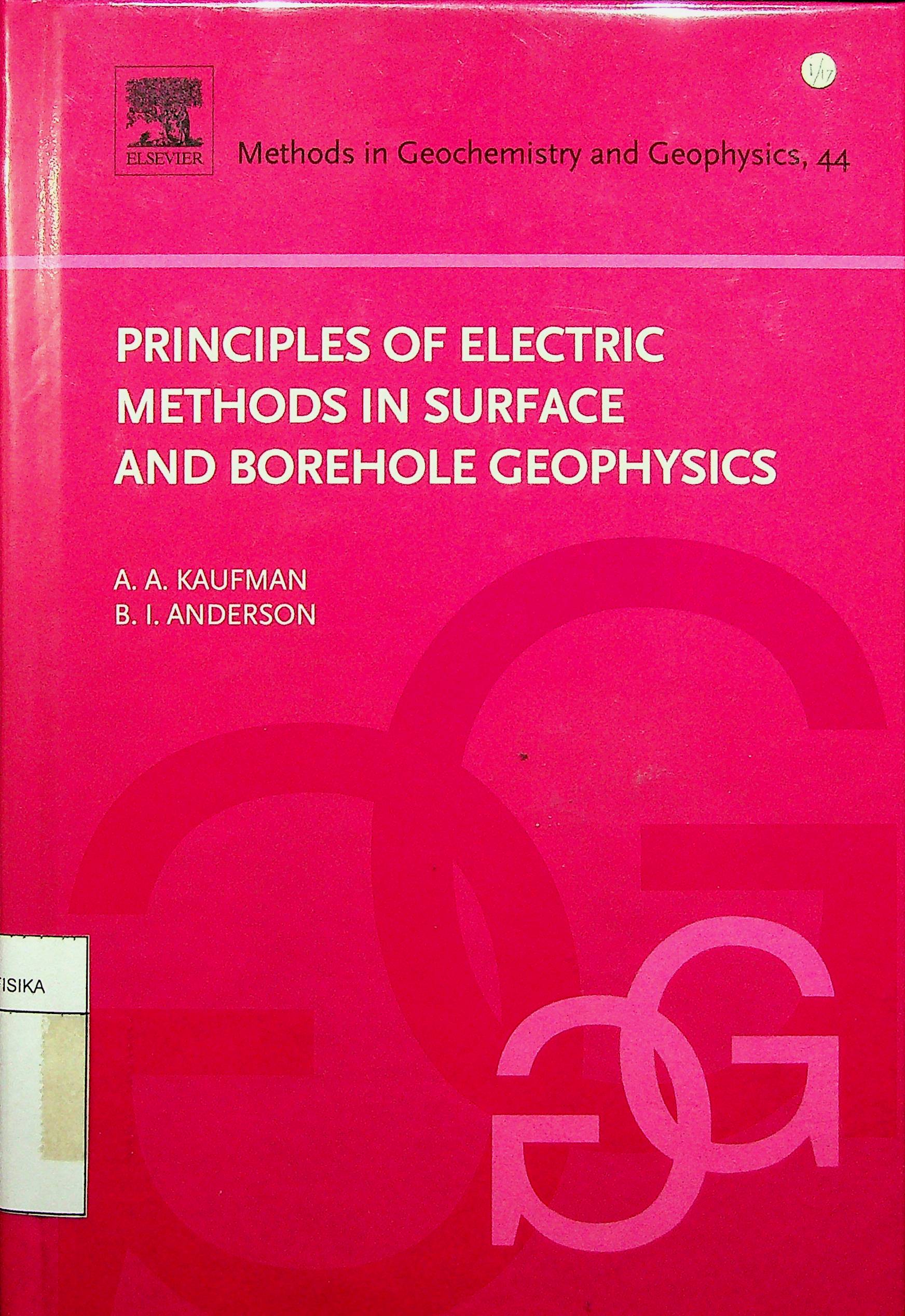The subject of this monograph is the physical and mathematical principles of electric methods of applied geophysics. In Chapter 1, proceeding from Coulomb’s law and the principle of superposition, we introduce the concept of electric field and describe its two remarkable features observed in any medium. Special attention is paid to the system of equations of the field E in the integral and differential forms as well as at points of interfaces dividing media with different physical properties. Then, after the introduction of the potential, we move from the system of equations to Poisson’s and Laplace’s equations and discuss their fundamental solution. The theorem of uniqueness and different boundary problems are studied in detail. For illustration of the field behavior, we consider several examples, including electric dipole, double layer, electrostatic induction, polarization, and appearance of bound charges. Chapters 2 and 3 describe the electric field in a conducting and polarizable medium. First, we discuss the vector of current density, current lines, and current tubes, as well as the relation between the vector j and charge density and velocity. Special attention is paid to Ohm’s law, principle of charge conservation, and non-Coulomb’s (extraneous) force. In Chapters 2, we describe in detail the distribution of the volume and surface charges of both types, namely, free and bound ones, and demonstrate why dielectric constant does not have any influence on the electric field in a conducting medium. We consider the system of equations of the electric field and prove the theorem of uniqueness. The concept of resistance in the case of volume conductors is studied in detail. In particular, the role of resistance in different parts of the electric arrays is demonstrated. Chapter 3 is a natural continuation of Chapters 2, presenting numerous examples of field behavior. They are chosen to illustrate the field behavior in cases which are rather typical in mining, engineering, groundwater geophysics, and other application areas. In the next chapters, we discuss the physical and mathematical foundation of the main electric methods of the surface and borehole geophysics and start from geometric soundings (Chapter 4). At the beginning, we describe different arrays and introduce the concept of apparent resistivity, as well as the relation between the measured resistance and apparent resistivity. Then, the boundary-value problem for Introduction a horizontally layered medium is formulated and expressions for the potential and electric field on the earth’s surface are derived. Examples of two- and three-layered curves of the apparent resistivity are described. Special attention is paid to asymptotic equations describing the field behavior at large distances from the source. We demonstrate the field behavior in a medium that is similar to the one met in marine electroprospecting, where a relatively thin and resistive layer may represent the collector. Solution of the forward and inverse problems of the geometrical soundings is the subject of Chapter 5, where initially we describe the main steps in the development of a solution of the forward problem, such as replacement of integrals by series, graphical methods of calculation of the apparent resistivity curves for a many-layered medium, numerical integration by Fillon’s method, as well as the method of filters. We discuss the concept of uniqueness and solution of inverse problem for soundings, ill- and well-posed problems, stable and nonstable parameters, and equivalence and influence of geological noise. In Chapter 6, we describe profiling methods using different arrays and methods of charged body, applied in mining and groundwater geophysics, as well as the self-potential method of different origins. The third part of the monograph (Chapter 7) is dedicated to the electric methods of borehole geophysics. First, we derive expressions for the potential and electric field inside the borehole when the primary field is caused by the point source located at the borehole axis, and study the apparent resistivity curves as a function of the probe length (lateral soundings with potential and gradient probes). This part of the chapter leads us to the investigation of the radial responses of the probes and influence of the invasion zone, and then of the vertical responses of the potential and gradient probes. In addition, we describe the main features of different types of laterologs based on measuring grounding resistance and focusing of the electric field around the central part of the probes. After this, the physical and mathematical principles of the method of measuring through the casing are described in some detail. Finally, we briefly consider the mechanism of self-potential field in a medium surrounding the borehole and derive expressions for the potential at the borehole axis
5
Methods in GEOCHEMISTRY AND GEOPHYSICS
A.A. KAUFMAN & B.l. ANDERSON
Penerbit :
Elsevier B.V
Tahun :
2010
Buku Text
-
No Scan12
-
No Klasifikasi551.9
-
ISBN
-
ISSN
-
No Registrasi029B102016
-
Lokasi Terbit
-
Jumlah Hal93
-
Label551.9 Kau p
-
Versi DigitalTIDAK
-
Versi FisikTIDAK
-
Lokasi Rak Buku Fisik//
-
Jumlah Exemplar Fisik Tersedia-






